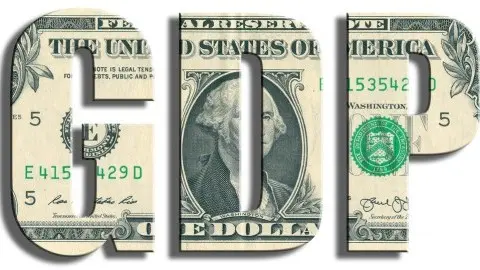Silence is golden – the ECB way
A somewhat more cautious ECB plays it safe and buys time the least entertaining way. Crunch time will come in June…or July…or…
Draghi says nothing at all
Very often, even the least informative ECB meetings can at least be entertaining. Today’s ECB meeting, however, set a new milestone in terms of buying time. Unfortunately, in a hardly entertaining way. The unexpected drop in soft and hard data seems to have created new uncertainty at the ECB as regards the future path of monetary policy. It is very hard to believe but according to ECB President Mario Draghi, the ECB did not discuss the monetary policy outlook at all. The most cautious version of buying time, avoiding new speculation and really saying nothing.
The largest part of the ECB’s introductory statement was a verbatim copy of the March statement. Only regarding the economic outlook, Draghi struck a slightly more dovish tone with a subtle change of the wording. According to the ECB, risks to the growth outlook are still “broadly balanced” but contrary to previous meetings, the ECB only mentioned downside risks without the corresponding upside risks. During the Q&A session, Draghi pointed to the fact that the loss of growth momentum was broadly spread across most countries and sectors. However, the main reasons for the downswing were one-off factors.
As regards inflation, Draghi repeated the well-known story of the ECB’s confidence that inflation will converge towards the 2% goal, while at the same time stressing that currently there were very little signs of this actually unfolding.
Next steps
For the rest, Draghi did not send any signals regarding next steps. He did not even confirm earlier statements that there would not be any abrupt end to QE in September. By saying that the ECB did not discuss the outlook for monetary policy, Draghi chose the most cautious option to avoid any misguidance.
What does this mean? Weaker economic data since the start of the year have probably brought back old memories of 2008 and 2011 when the ECB prematurely hiked interest rates. These two episodes are clearly strongly built into the ECB’s institutional memory. Therefore, the ECB will be very cautious in unwinding QE. In our view, the June meeting will be crunch time for the ECB. With the next round of growth and inflation projections, the ECB will have a better view on whether weak economic data was just a soft patch or the start of a downswing and on whether inflation moving to 2% is still more wish than reality.
Crunch time postponed
In our view, the next meeting in June, which will be held in Riga, should bring some guidance for the future path of QE. Given today’s caution and dovishness, anything but another extension beyond September would be a big surprise. The two main questions for any roadmap should be whether it will be an extension for three or six months and whether there will be an end-date to the extension or not. However, June does not necessarily have to be crunch time. Don’t forget that by then the ECB will only have hard data up to April and inflation data up to May. It could very well be that the economy has not taken a sharp turn by then but that uncertainty still prevails. Given the ECB’s previous preference for a rather piecemeal approach in its communication, crunch time could easily be postponed to July or even September. The good thing is that saying nothing at all, like today, does not look like an option in June.
This publication has been prepared by ING solely for information purposes irrespective of a particular user's means, financial situation or investment objectives. The information does not constitute investment recommendation, and nor is it investment, legal or tax advice or an offer or solicitation to purchase or sell any financial instrument. Read more
Tags
ECBDownload
Download article
26 April 2018
In Case You Missed It: How much of this surprised you? This bundle contains 6 Articles